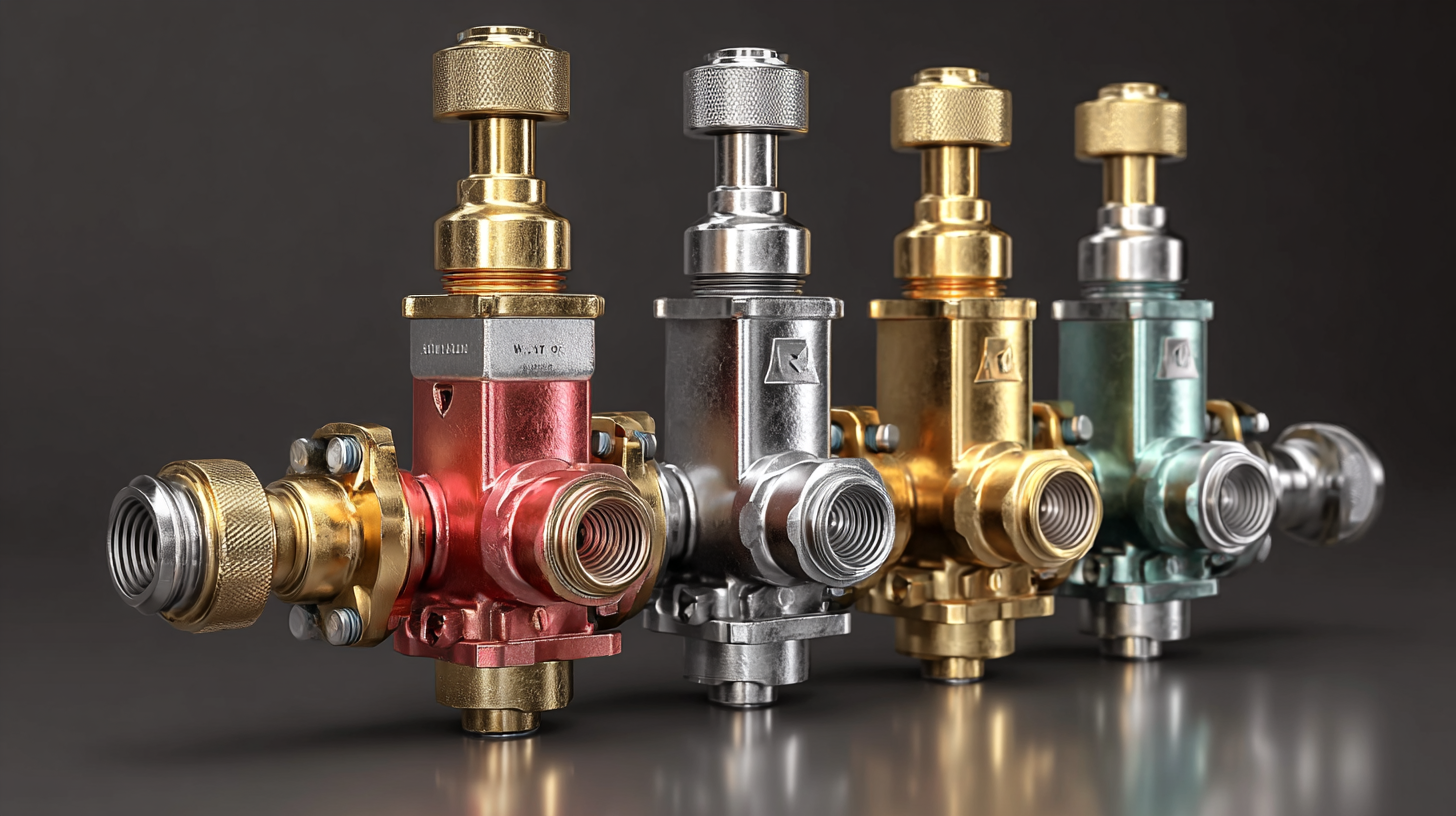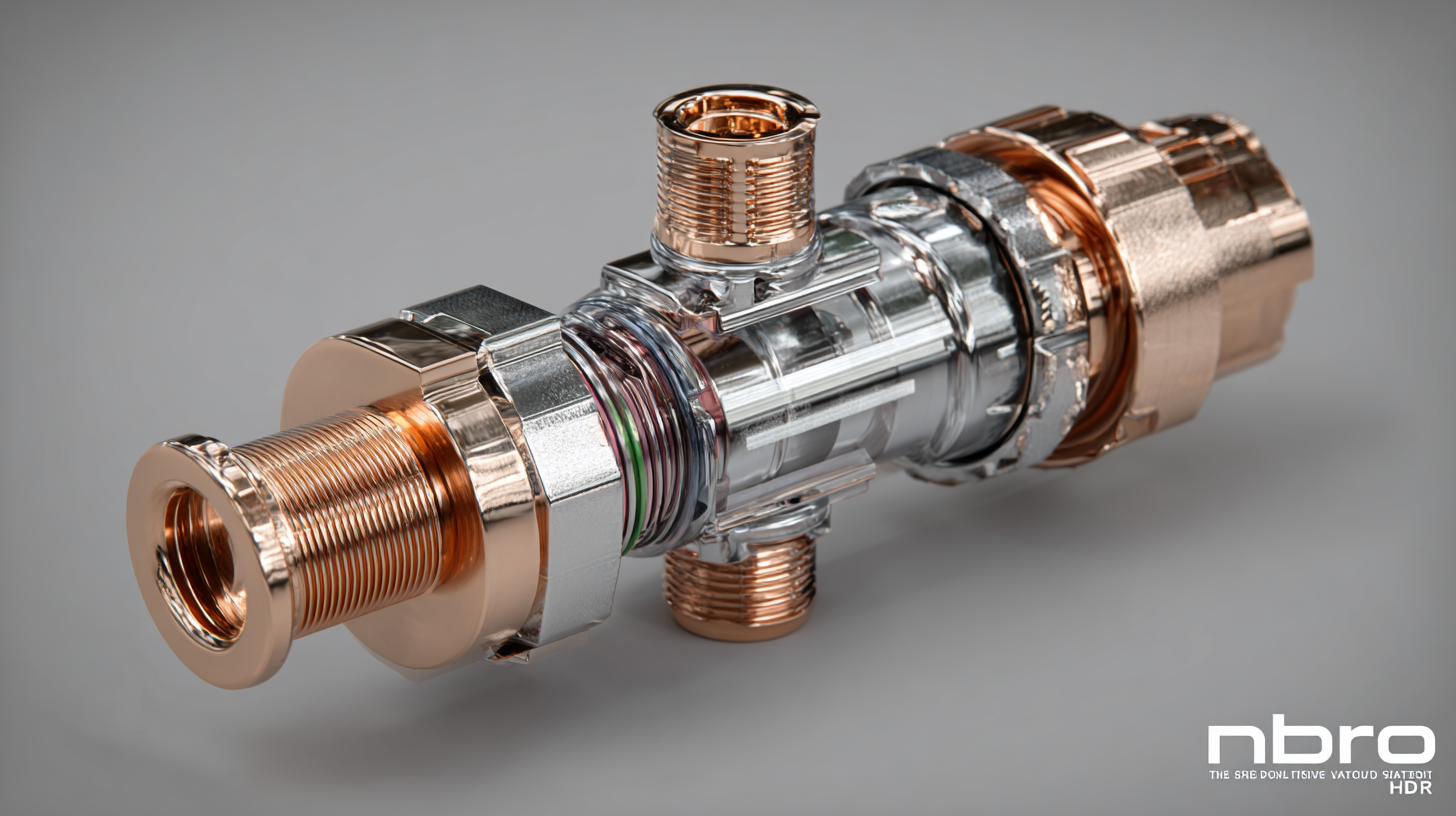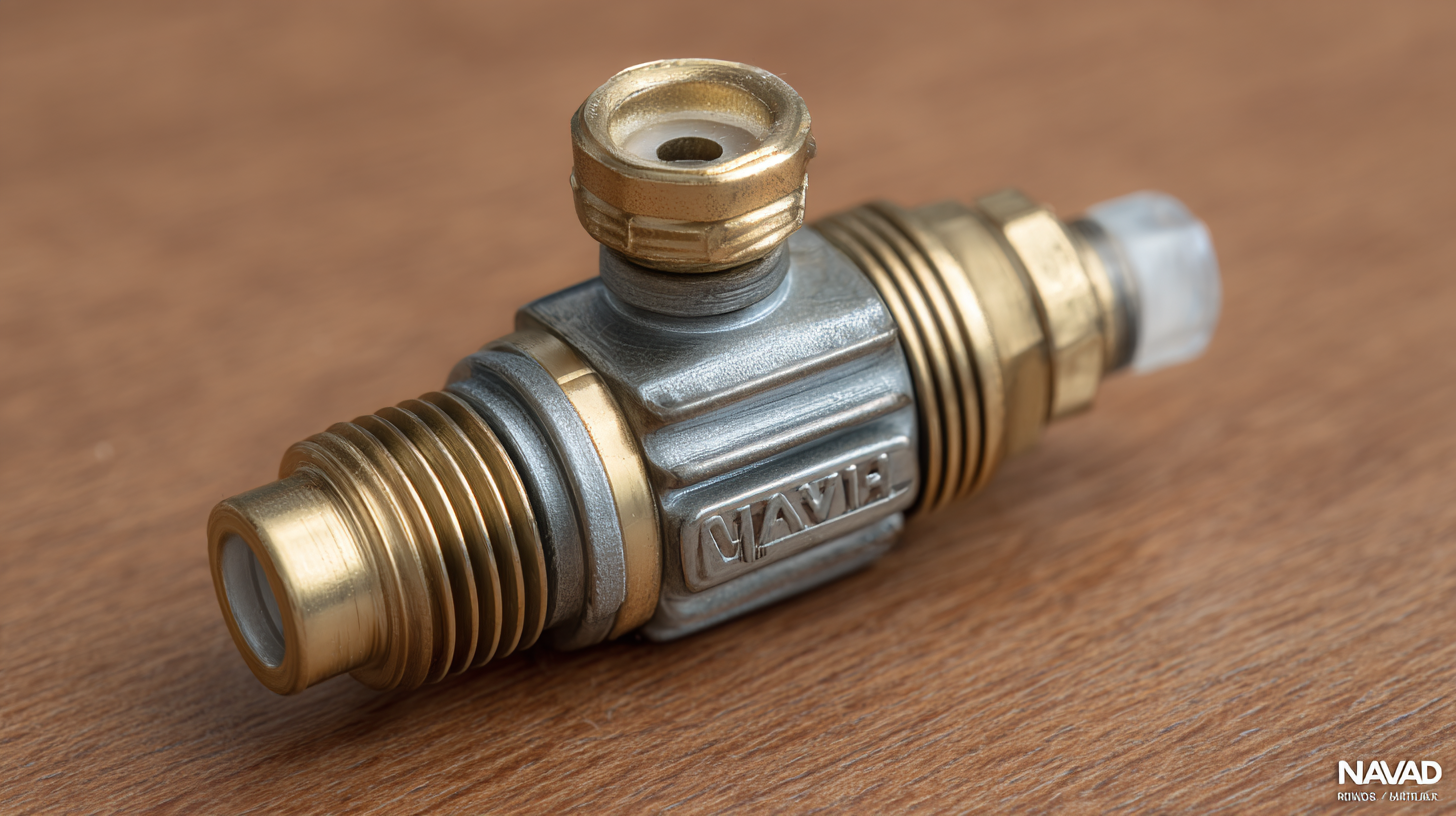In recent years, the demand for sophisticated temperature control solutions, particularly in residential and commercial heating systems, has surged significantly. According to a report by MarketsandMarkets, the global HVAC market is projected to reach $250 billion by 2025, with thermostatic valves playing a crucial role in enhancing energy efficiency and comfort. Thermostatic valves not only regulate the flow of hot water in heating systems but also adapt to varying thermal conditions, making them an essential component in modern climate control strategies.

As homeowners and facility managers seek innovative alternatives to traditional thermostatic valve options, exploring unique designs and technologies becomes imperative. This blog will delve into various how-to strategies for selecting and utilizing these alternatives effectively, ensuring optimal performance and sustainability across diverse applications.
When exploring various thermostatic valve types, it’s vital to comprehend the nuances that set each option apart. Traditional mechanical thermostatic valves are often favored for their simplicity and reliability, but they may not always offer the flexibility needed for modern heating systems. In contrast, digital or smart thermostatic valves provide enhanced control through programmable settings, enabling homeowners to optimize energy efficiency while maintaining comfort.
Tips: When choosing a thermostatic valve, consider your home’s specific heating requirements, frequency of use, and energy-saving goals. For example, if you value technology, opt for smart valves that can be integrated with your home automation systems. On the other hand, for users who prefer straightforward solutions, stick with traditional models that are easier to install and maintain.
Alternatives such as manual radiators or non-thermostatic valves also deserve attention. These options can be beneficial in situations where constant temperature regulation isn’t crucial. Manual valves allow users to control heat output on an as-needed basis, which can be cost-effective in smaller spaces.
Tips: Always assess the size of your space and the heating system's overall design before selecting a valve type. Don’t be afraid to mix and match different types in different areas of your home, allowing for tailored temperature management in each room.
In the quest for optimal comfort and energy efficiency, thermostatic valves have emerged as essential components in modern heating systems. These innovative devices stand out due to their unique features that significantly enhance the user experience. With smart technology integration, the best options now offer customizable temperature settings, real-time monitoring, and automated adjustments based on user behavior. This remarkable flexibility ensures that homes maintain the desired climate while reducing energy consumption, addressing the growing demand for sustainable solutions.
When considering the installation of a thermostatic valve, here are a few tips to maximize effectiveness. Firstly, assess the specific heating needs of your space to choose a valve that best aligns with your system's requirements. Secondly, look for models that support connectivity features, as they allow for remote control and monitoring, offering unparalleled convenience. Finally, prioritize products recognized for innovation, as these are often equipped with the latest advancements that improve both performance and energy efficiency, making them truly stand out in the market.

As environmental concerns continue to shape consumer decisions, the search for eco-friendly alternatives to traditional thermostatic valves has gained momentum. These sustainable options not only help reduce energy consumption but also minimize carbon footprints in heating and cooling systems. For instance, many manufacturers are now producing thermostatic valves crafted from recycled materials or utilizing energy-efficient designs that optimize temperature control without excessive energy use.
Innovative solutions like smart thermostatic valves have emerged as a perfect blend of technology and sustainability. These devices can adapt to users' behaviors, learning patterns over time to ensure that energy is conserved while maintaining comfort. Additionally, some eco-friendly models incorporate low-flow technology, ensuring that water heating systems operate efficiently, reducing overall energy needs. The integration of such technology makes it easier for both homeowners and businesses to invest in energy-efficient practices while contributing positively to the environment.
| Alternative Type | Energy Efficiency (%) | Material | Eco-Certification | Average Lifespan (years) |
|---|---|---|---|---|
| Smart Thermostatic Valve | 20 | Recycled Plastic | Yes | 15 |
| Bio-Based Thermostat | 25 | Biodegradable Materials | Yes | 10 |
| Solar-Powered Valve | 30 | Aluminum | Yes | 20 |
| Hydraulic Control Valve | 15 | Copper | No | 25 |
| Programmable Thermostat | 18 | Steel | Yes | 12 |
When it comes to managing home heating and cooling systems, thermostatic valves play a crucial role. For homeowners looking for cost-effective solutions, several alternatives provide effective temperature control without breaking the bank. According to a recent report by the American Society of Heating, Refrigerating and Air-Conditioning Engineers (ASHRAE), integrating smart thermostatic valves can lead to an energy cost reduction of up to 30%. This figure highlights the importance of selecting the right valves as a means of improving efficiency and sustainability.
Additionally, numerous market studies have shown that traditional radiator valves can be retrofitted with innovative electronic ones, often at a fraction of the cost of a full system overhaul. For instance, the HVAC Market Report 2022 indicates that homeowners who upgrade to more efficient thermostatic options can see return on investment (ROI) within two years through energy savings. Emphasizing smart home technology, these alternatives, including Wi-Fi-enabled valves, allow for remote monitoring and precise temperature control, contributing to both comfort and significant savings in utility bills over time.
When it comes to choosing a thermostatic valve, it’s essential to understand key considerations to ensure you select the best option for your needs. First, think about the compatibility of the valve with your existing heating system. Not all valves work seamlessly with every system, so a little research can save you from installation headaches later on. Additionally, consider the specific features you seek, such as temperature accuracy and flow control, which greatly enhance comfort.

Tips for choosing the right thermostatic valve include examining the installation requirements and assessing the long-term costs. Some modern valves may come with advanced features that require more complex setups. It’s also wise to account for energy efficiency; investing in a high-quality valve can lead to significant savings on energy bills in the long run. Finally, remember to prioritize 安全特征, especially if the valve will be used in high-demand areas like bathrooms or kitchens. These considerations will help guide your decision and ensure a satisfying installation experience.
